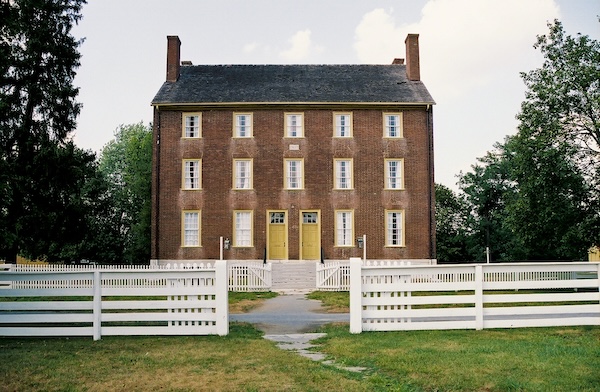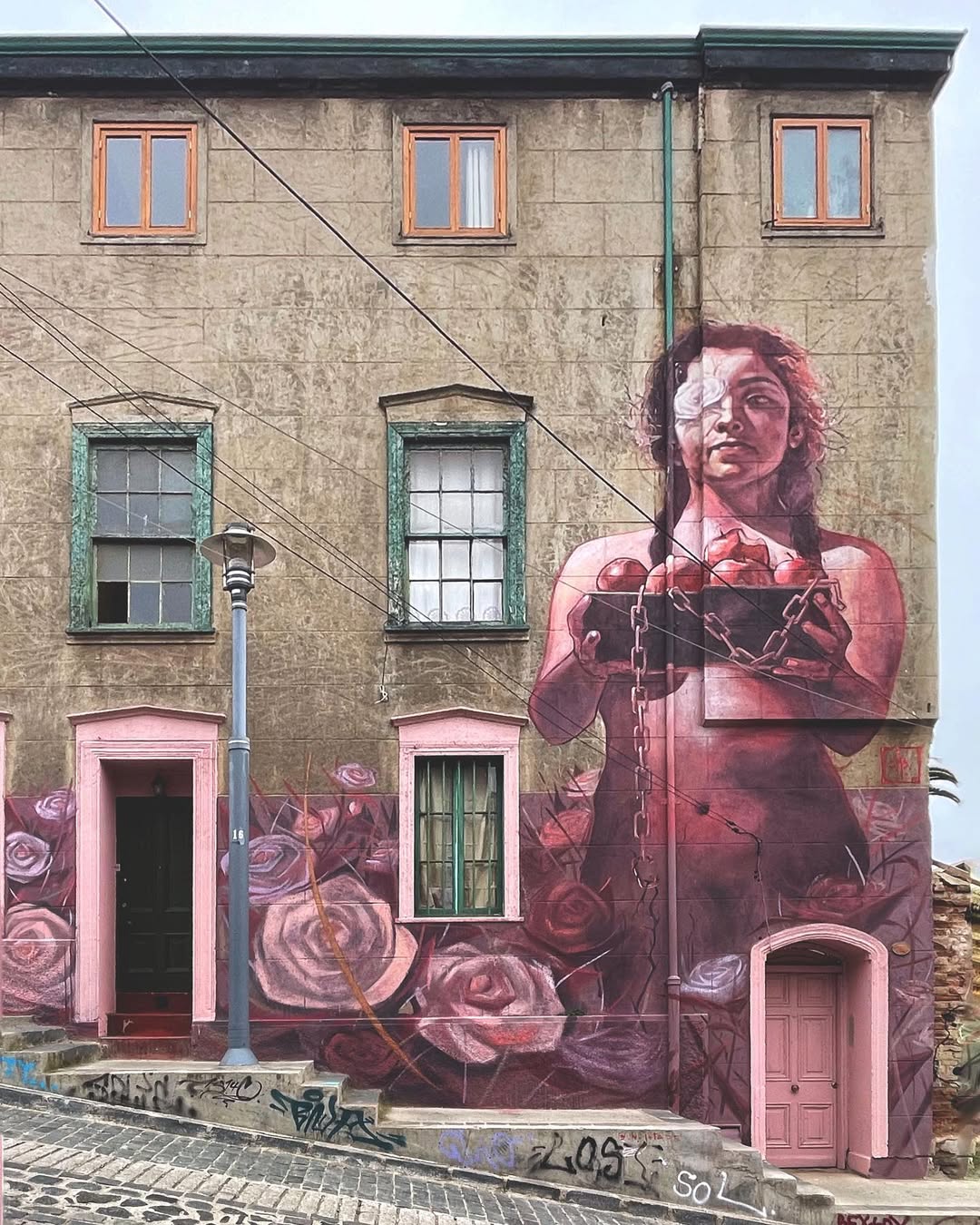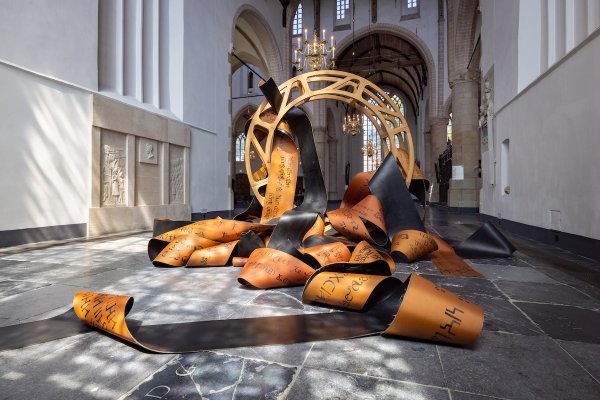.jpeg)
Religious Modernism
In the Vatican Museums all roads ultimately lead to Michelangelo, but there are by-ways that guide the visitor to modern art. Just before the Sistine Chapel you come across a few halls that are often skipped. These are predominantly devoted to twentieth-century art, in various artistic styles. It is a pity that these halls are designed in such a visually unattractive way and that the walls are plastered in a sterile white. The art is none the worse for it, for example, Invocation (1919) by the Jewish-American artist Max Weber (1881-1961), who is not to be confused with the sociologist and philosopher of the same name.
Weber was pre-eminently an artist with a plural identity. He was born in Białystok, a city that was at that time part of the Russian Empire, at present part of Poland. In 1897 this city had approximately 66,000 residents and was situated in the ‘settlement area,’ the area within the empire where the Jews were compelled to reside. In 1897 more than 40,000 Jews lived there. However, Weber had moved to the United States six years earlier. After that move he was influenced by various artists, among whom the versatile Arthur Dow (1857 – 1922), who himself had met Gauguin (1848-1903) in France. In 1905 Weber also went to France and became a pupil of the artist Henri Matisse (1869-1954) and was part of the circle around Picasso and Gertrude Stein.
In 1909 he returned to America. Weber was later acknowledged as the first American cubist. Cubism is an art movement invented by Picasso and George Braque by questioning the unity between form, perspective, and light in their paintings. Cubistic paintings often have no depth because the element of perspective has disappeared. The same applies to the incidence of light and shadow. The people and objects on the paintings are recognisable figures, but they are fragmented and consist of diverse surfaces.
This cubism was to become more and more abstract with Picasso and Braque, but Weber chose another way. He combined cubism with elements from various artistic movements, such as the use of colour of fauvism. At around 1918 Weber started to make more religious paintings for which it is not possible to definitively ascertain a direct cause. Perhaps he did this because his orthodox Jewish parents had just died or on account of the pogroms in the area of his birth in the Old World.
He produced paintings that were extremely modernistic as far as colour and cubist forms were concerned yet contained recognisable Jewish figures. Weber made numerous paintings with religious themes but did not consult the Bible in so doing. His paintings often show Jewish figures situated in the Old World. Invocation from 1919 is an outstanding example of those paintings. It shows a domestic Jewish gathering, where the figure in the centre raises his hands. The figures and objects are painted in sharply contrasting colours. The colours and the angular cubistic style form the building blocks of the painting. These modernistic style characteristics do not, however, obscure the Jewish theme. The three figures are connected to each other by the table. Because of the absence of depth, the figures almost seem to be folded into each other.
The painting touches on themes from Weber’s own life, which in turn are inextricably connected to being homeless and his Jewish identity. As the American art historian Matthew Baigell contended, Weber was, on the one hand, a cosmopolitan, at home with the modernists in Paris. On the other hand he continued to be Jewish, and although he had no strong connections with the Jewish community, he did eat kosher. In this way Weber provided his own answer to the dilemma between assimilation in a culture not his own and maintaining a Jewish tradition that did not altogether suit him. He combined the one with the other.
Possibly that is where the key to the painting Invocation lies. Weber himself wrote about this painting: “[It was my] chief aim to express a deep religious archaic spirit in fitting attitudes and gestures.” At the same time the painting shows that this ‘archaic spirit’ is under strain. The design language of cubism suggests an almost closed-off space, in which the figures are squeezed/squashed together.
Weber expresses a nostalgia for the devotion of the Jewish community, a desire for something that he had partly lost. Paradoxically, Weber used a modernistic style, cubism, to express this intense devotion and to stay connected to it.
**********
Max Weber: Invocation, 1919, oil on linen, 119 x 104 cm, Vatican Museums, Vatican City.
Max Weber was a versatile painter, sculptor and writer who lived from 1881 to 1961. He was born in the Russian Empire. Together with his Orthodox Jewish parents he migrated to the United States, where he took his first steps as an artist. He departed for several years to go to France where he got acquainted with the avant-garde art of Matisse, Picasso and many others. In his paintings Weber shows himself to be an able exponent of various artistic styles, from figurative to cubistic and fauve. He produced dozens of paintings with Jewish life as their subject.
Gertjan Schutte is a historian and works at the European University Institute in Florence, Italy. He is interested in the interface between history, religion, art, and philosophy.
ArtWay Visual Meditation 13 September 2020
%20(1).png)












